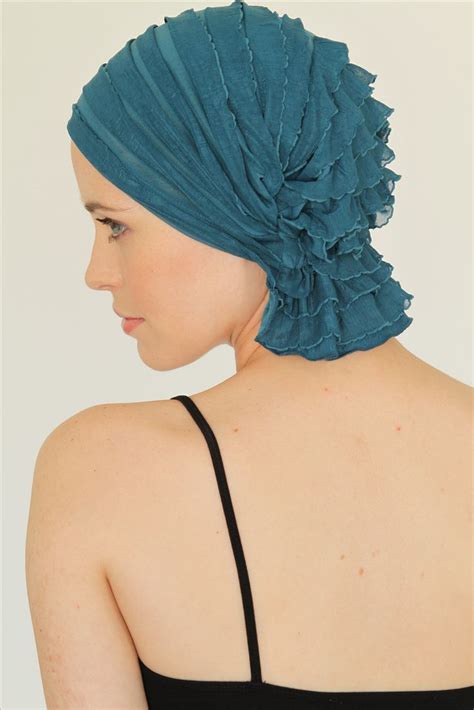Cancer treatment can take a toll on both the body and mind. One of the most visible side effects of chemotherapy and radiation therapy is hair loss. This can be a devastating blow to patients, who may already be struggling with the emotional and physical challenges of their diagnosis. Fortunately, there are a wide variety of head covers available that can help cancer patients cope with hair loss and maintain their sense of self-confidence.

Why Wear a Head Cover?
There are many reasons why cancer patients choose to wear head covers. Some patients may feel self-conscious about their hair loss, while others may want to protect their scalp from the sun or cold. Head covers can also help to reduce scalp irritation and itching.
Types of Head Covers
There are many different types of head covers available, each with its own unique benefits and drawbacks. Some of the most popular types of head covers include:
- Hats: Hats are a great option for patients who want to cover their entire head. They are available in a wide variety of styles, from baseball caps to beanies.
- Scarves: Scarves are a versatile option that can be worn in a variety of ways. They can be tied around the head, draped over the shoulders, or even used as a face mask.
- Wraps: Wraps are similar to scarves, but they are typically wider and longer. They can be used to cover the entire head or just part of it.
- Turbans: Turbans are a traditional head covering that is often worn by cancer patients. They are available in a variety of fabrics and colors.
- Wigs: Wigs are a great option for patients who want to restore their natural hair. They are available in a variety of styles and colors, and they can be customized to match the patient’s natural hair.
Choosing the Right Head Cover
When choosing a head cover, it is important to consider the following factors:
- Your personal style: Choose a head cover that you feel comfortable and confident wearing.
- Your hair loss: Some head covers are better suited for certain types of hair loss. For example, hats are a good option for patients who have lost all of their hair, while scarves are a good option for patients who have lost some of their hair.
- Your activity level: If you are active, you will need a head cover that is comfortable to wear for long periods of time.
- Your budget: Head covers can range in price from a few dollars to hundreds of dollars. Choose a head cover that fits your budget.
Tips for Wearing a Head Cover
Here are a few tips for wearing a head cover:
- Start wearing a head cover before you lose your hair. This will help you to get used to wearing a head cover and to find a style that you like.
- Experiment with different styles. There are many different types of head covers available, so don’t be afraid to try different styles until you find one that you like.
- Accessorize your head cover. You can add a scarf, hatband, or other accessories to your head cover to make it more personal.
- Take care of your head cover. Wash your head cover regularly and follow the manufacturer’s instructions for care.
Where to Find Head Covers
Head covers can be found at a variety of retail stores, including department stores, drug stores, and online retailers. You can also find head covers at cancer support organizations and hospitals.
Conclusion
Head covers can be a valuable resource for cancer patients. They can help patients cope with hair loss, maintain their sense of self-confidence, and protect their scalp. There are many different types of head covers available, so patients can choose a head cover that meets their individual needs.
